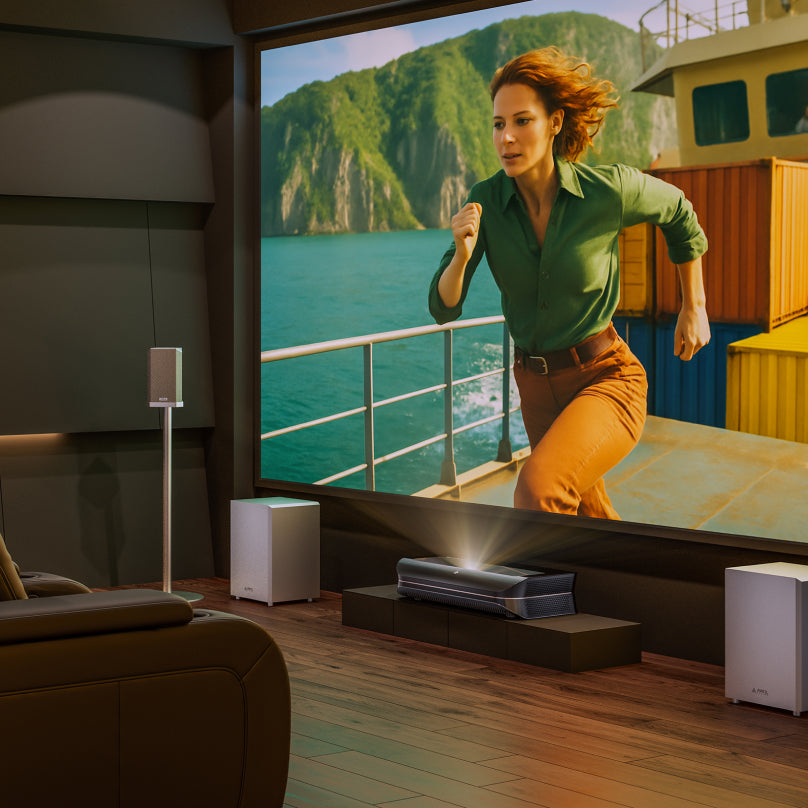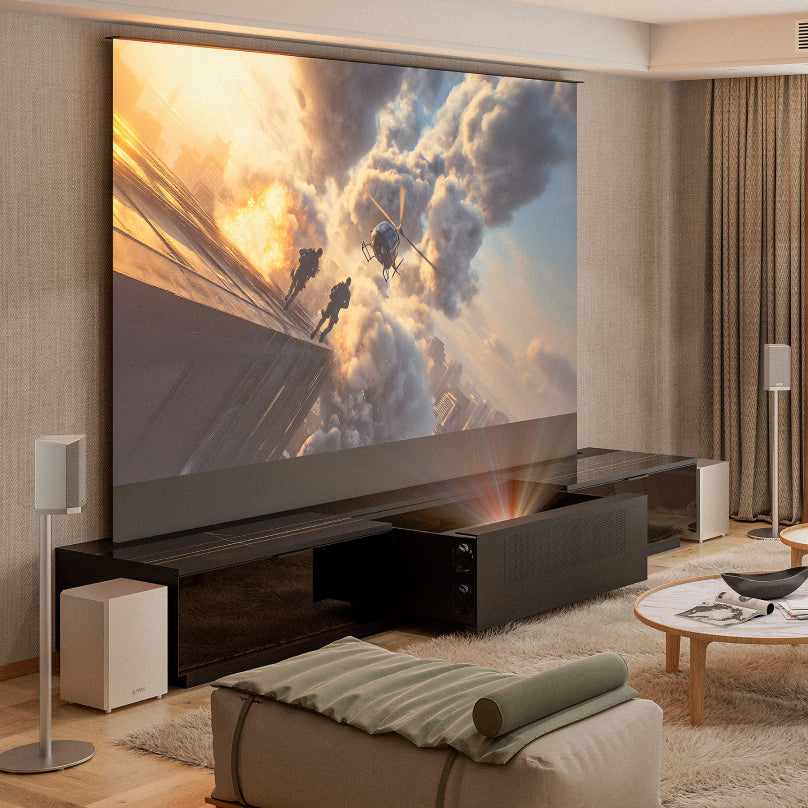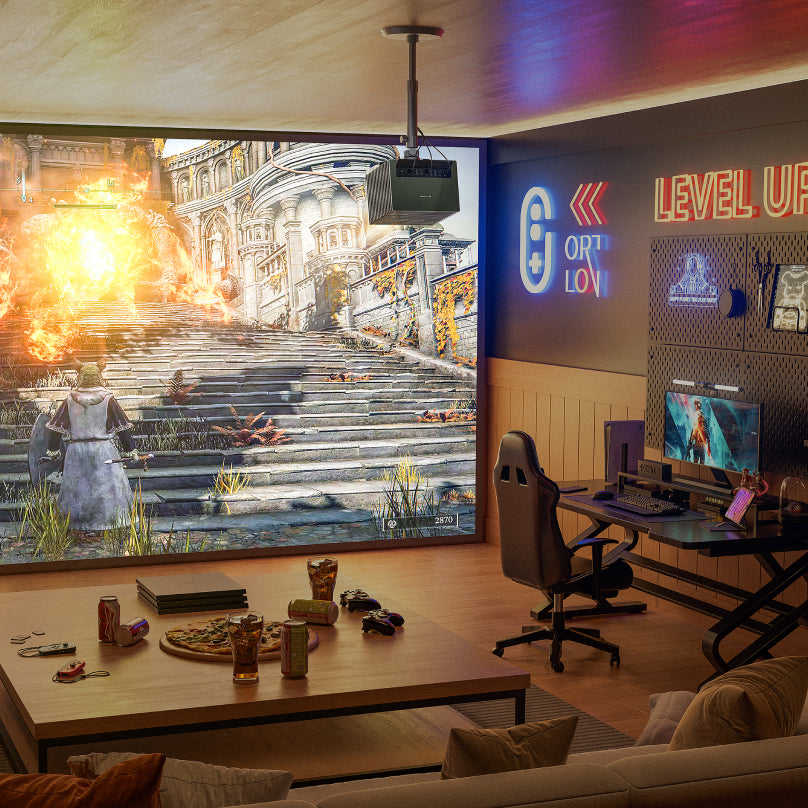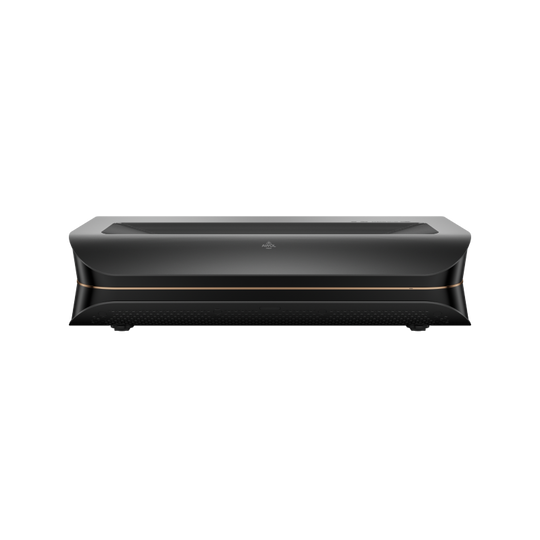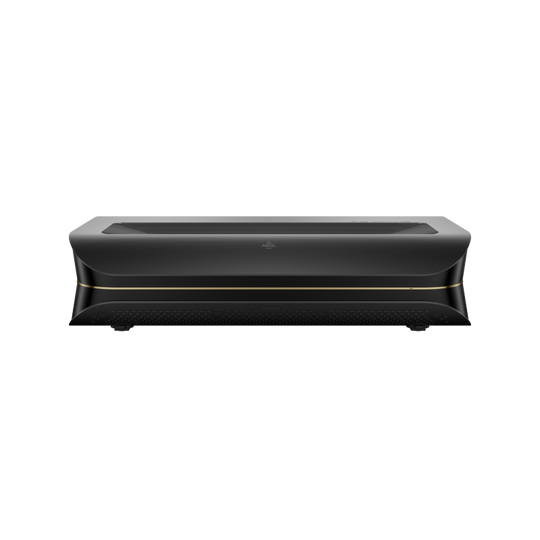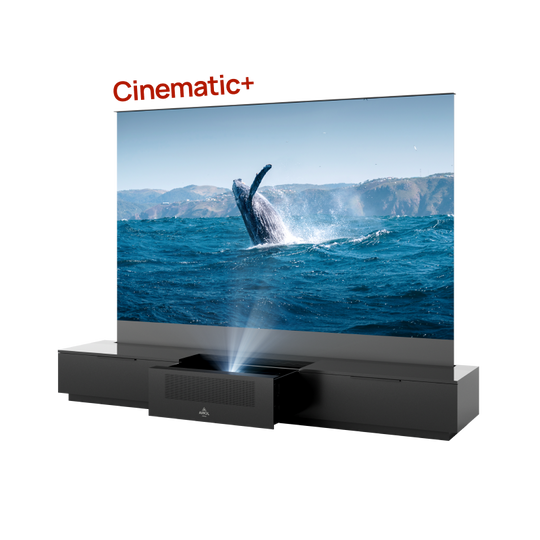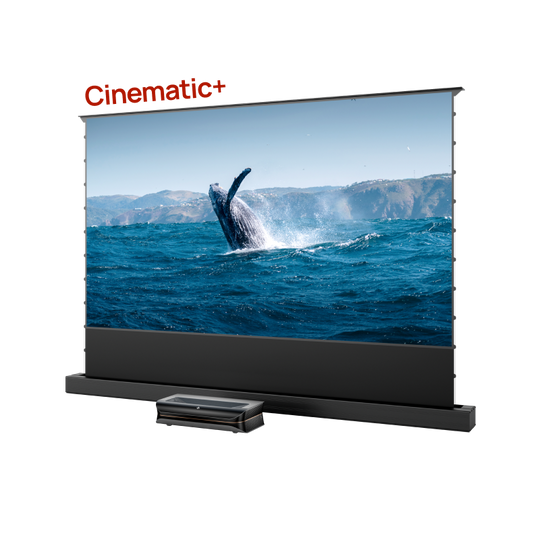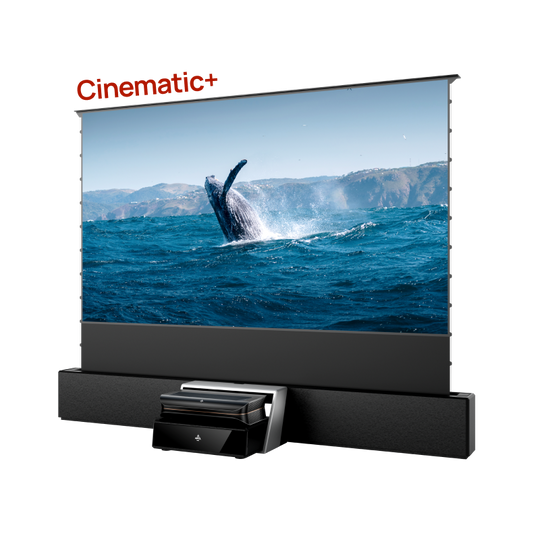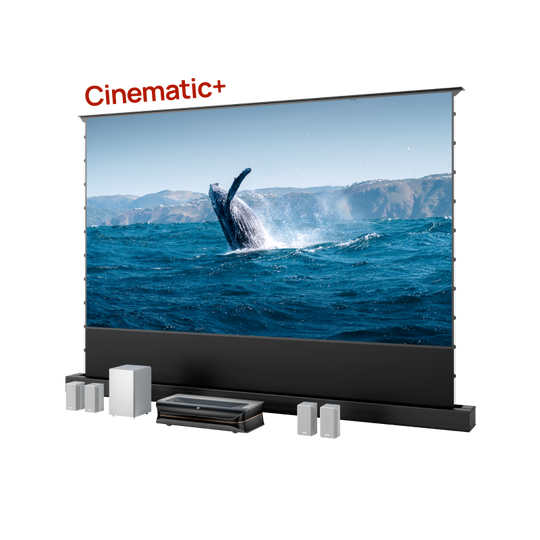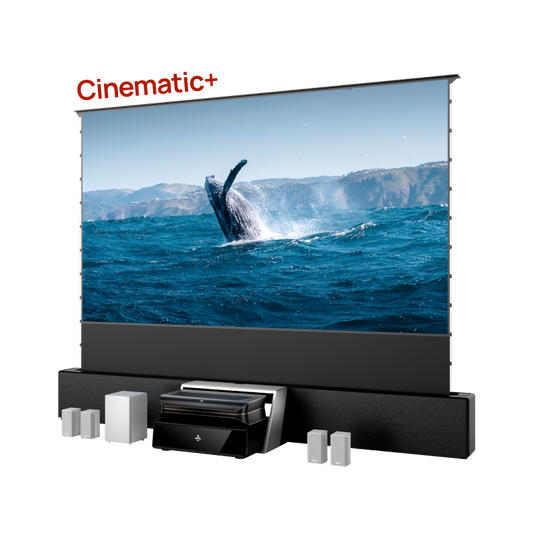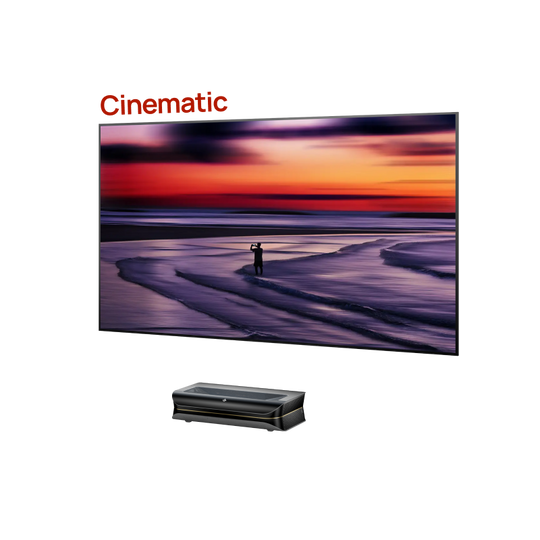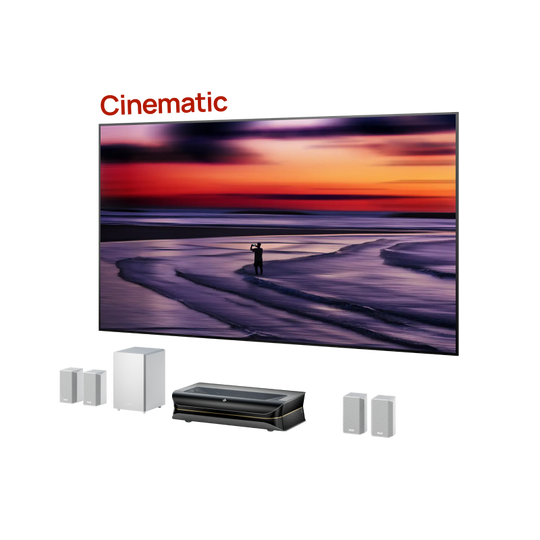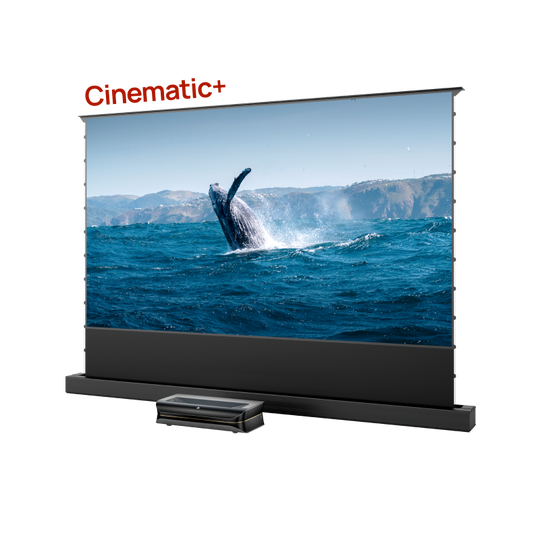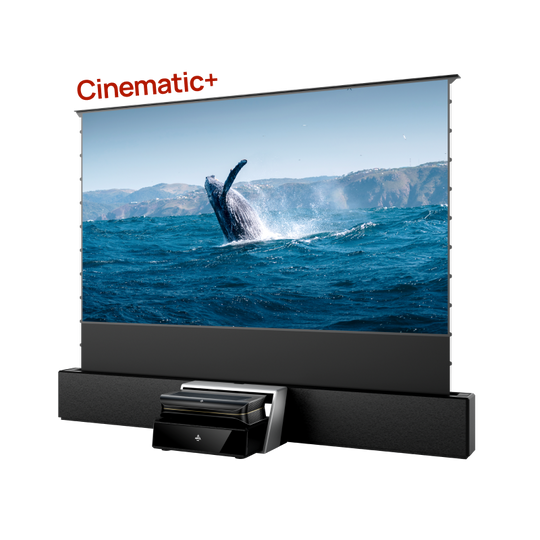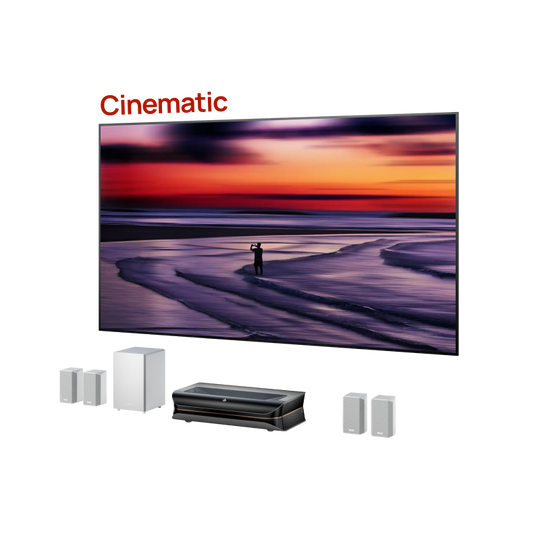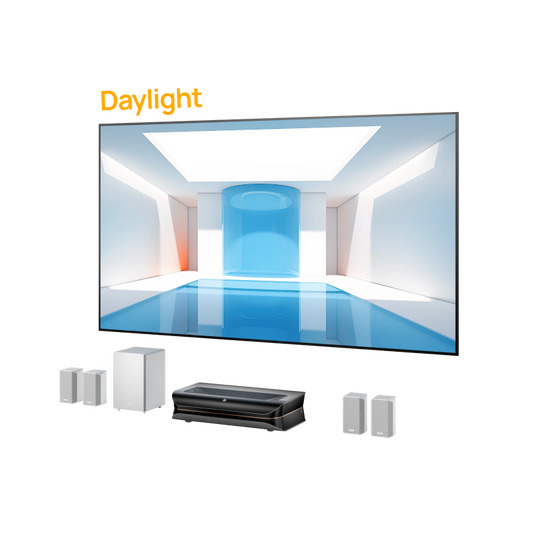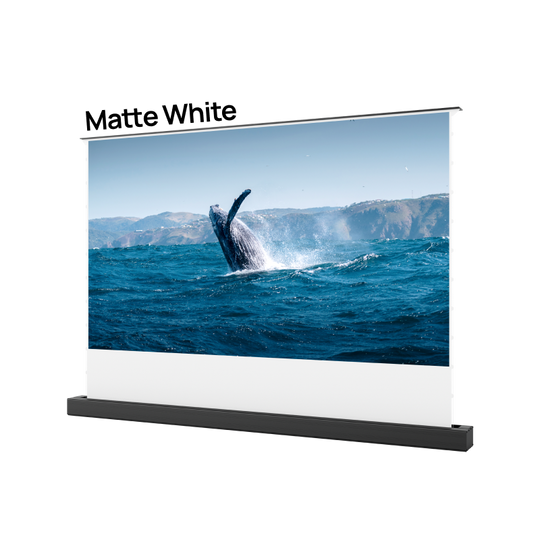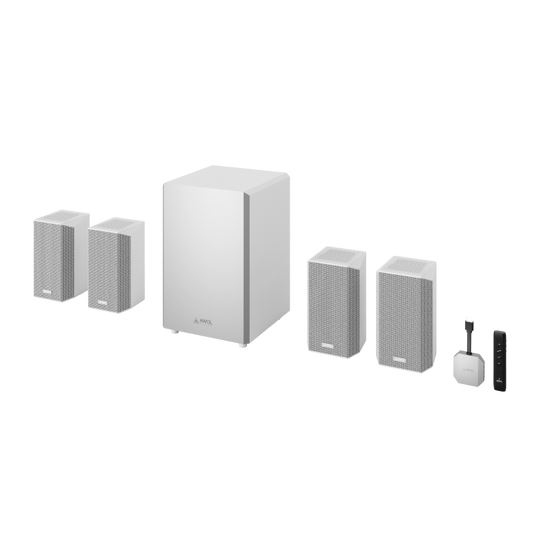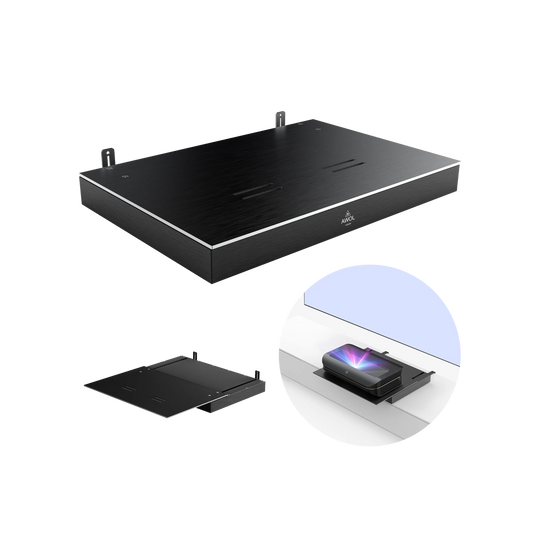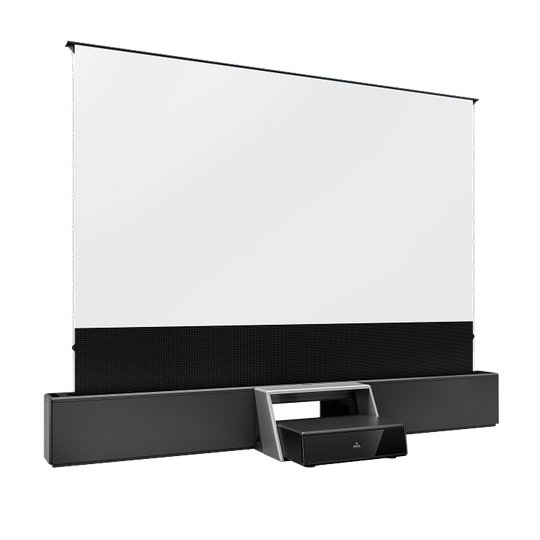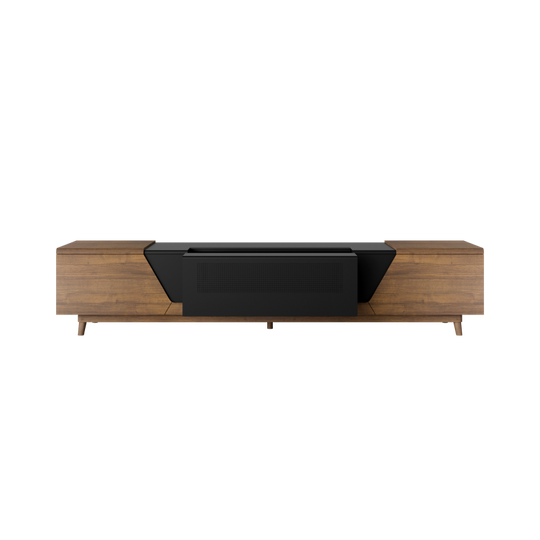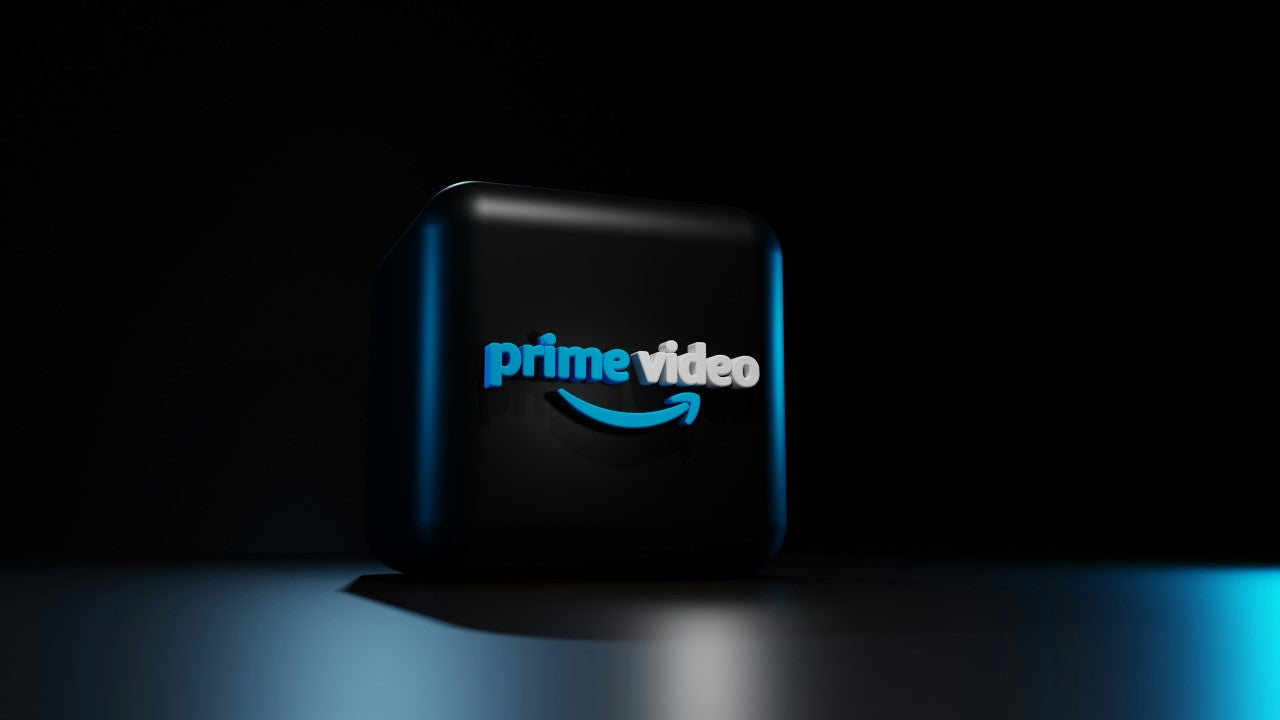Are you confused about what resolution to choose for your home screen? The media is to blame, as they have used the terms 4K and UHD interchangeably, causing a ruckus among consumers.
Although both refer to high-quality displays, there is a notable difference between the two that you need to keep in mind the next time you go screen shopping.
What Is UHD?
UHD is the quality of the pictures displayed on your home screens and monitors, with a 3480 X 2160 pixels resolution. The abbreviation stands for Ultra High Definition, which is also used on the cover of most LEDs, instantly drawing you in.
It's a significant upgrade from 1080p, the display standard in the early 2000s. It gives your home screens four times the resolution.
What Is 4K?
4K is a step up from UHD, mainly used in professional settings and contexts. Around 2013, the Digital Cinema Initiatives made it the standard for cinematic productions and projection after 2K resolution, taking the entertainment industry to the next level. The display has a slightly higher resolution than UHD with pixels, and the most widely used version is 4096 X 2160. It has an aspect ratio of 1.90:1 or 17:9, which can differ according to the images.
Key Differences Between UHD and 4K
The images on your screens comprise a million dots called pixels that join together to form the display. A higher pixel count gives better resolution. The 8.8 million pixels in 4K displays have more clarity and depth than the 8.3 million pixels in UHD screens, where the main difference is width.
This confers a wider aspect ratio, allowing videos to be efficiently projected onto wide cinema screens without distorting the image. Don't confuse PAR with aspect ratios; they both refer to different things.
-
PAR is the width and height of individual pixels that make up the image
-
The aspect ratio is the whole image's width and height.
The aspect ratio of a 4K display is 17:9, compared to the 16:9 ratio of standard UHD screens. This ratio is decent enough for gaming consoles, Smart TVs, and binge-watching series on your favorite platforms. However, professional settings require an upgrade, and 4K displays provide the perfect solution.
Manufacturers also interchange the term to attract consumers who desire better quality entertainment. They use your confusion to their advantage. Most devices made for casual use are incapable of supporting 4K resolutions, and the optimum results can be observed only in professional settings.
LEDs and smart TVs are great for UHD displays, precisely what they are made for. However, advertising the devices under the guise of 4K resolutions allows companies to sell them at higher prices than their actual resolutions.
This also extends to the content displayed on each kind of media. Platforms recognize the difference and produce and project the press according to the devices it is being streamed.
How to Choose Between UHD and 4K
Now that you are aware that most consumer devices have UHD rather than 4K resolution, you have the power to make an informed decision.
The next time you are looking for a screen for your home, beware of false advertising and marketing techniques and choose a resolution within your budget.
A UHD screen should suffice if you are looking for a reliable setup for your gaming console or stream your favorite series.
However, you can also upgrade your dull screen into a home theater. 4K resolution is the standard in most projectors, giving you a cinema-like experience in the comfort of your home.
The Final Thought
UHD and 4K displays are impressive and clear, giving you the best return on investment. There is only a slight difference between the two resolutions. The main distinction arises in their aspect ratios, where 4K resolutions have a slightly wider aspect ratio than UHD.
UHD set-ups generally cost less than 4K displays, which are reserved for professional settings and theaters. You need to decide whether you need a home theater or if a UHD screen will suffice.
Upgrading your entertainment needs might be a bad idea, especially when you can get an experience like no other with the AWOL Vision LTV-3500 Pro. It's compatible with UHD and 4K displays, giving you the best of both worlds.
Given that most manufacturers use the terms UHD and 4 K interchangeably as marketing techniques, it's crucial to exercise caution to ensure you get the most from your visual experience while staying within your budget.
Common Questions About UHD and 4K
Many people get confused by UHD and 4K, primarily since they are often used interchangeably. Here are some frequently asked questions to help clarify things.
Is UHD the same as 4K?
Not exactly. UHD (Ultra High Definition) has a resolution of 3840 x 2160 pixels, while true 4K, used in professional filmmaking, is slightly wider at 4096 x 2160 pixels. However, many manufacturers use "4K" when referring to UHD, which can be confusing.
Can a UHD TV play 4K content?
Yes! A UHD TV can display 4K content because the difference in resolution is slight. Most UHD TVs are designed to upscale 4K videos to fit their screen, so you won't notice much difference in everyday viewing.
Is 4K better than UHD?
It depends on the context. True 4K offers slightly more detail in professional filmmaking. But for home use—whether watching Netflix, gaming, or streaming—UHD is the standard and provides excellent picture quality.
Are all "4K" TVs actually 4K?
No. Most "4K" TVs are actually UHD (3840 x 2160 pixels) rather than true 4K (4096 x 2160 pixels). The term "4K" is widely used in marketing, but UHD is what you're getting for home entertainment.
Do I need a special cable for UHD or 4K?
Yes, for the best quality. If you want to watch UHD or 4K content, use an HDMI 2.0 or HDMI 2.1 cable, which supports higher resolutions and refresh rates.
Does streaming use UHD or 4K?
Most streaming platforms, like Netflix, Disney+, and Amazon Prime, offer UHD content, which they often label as "4K." Some movies and shows are initially filmed in true 4K but are usually formatted to fit UHD screens.
Which is better for gaming: UHD or 4K?
Most gaming consoles and monitors still primarily use 1080p resolution, but newer consoles like the PlayStation 5 and Xbox Series X support UHD (3840 x 2160). UHD is the more practical choice for gaming because it matches the resolution of most 4K TVs and monitors while maintaining good performance. True 4K (4096 x 2160) is rarely used in gaming, as most games and displays are optimized for UHD.
Will I notice the difference between UHD and 4K?
In most cases, no. The pixel difference is slight, and unless you're working with professional video production or using a large cinema-style screen, UHD and 4K will look almost identical to the human eye.
